Trados
Terminology functionality in Trados is achieved through the additional standalone program, MultiTerm Desktop. At first glance, this interface appears neat, well-organised and reasonably user-friendly. However, one soon realises that MultiTerm, like Trados, is a complex program. Once the user learns to manoeuvre such complexities, this may be considered as a virtue, but for the beginner or non-IT expert, it can be quite confusing.
An example of this is Step 5 of 5 of the Termbase Wizard, which asks the user to create an Entry Structure. Whilst this provides a rich amount of detail and personalisation to a TB, it is certainly not something the user can pick up and start using quickly. Indeed, if one makes a mistake in designing the TB Definition File, it is difficult to rectify later on, and components such as languages and descriptive fields cannot be deleted easily after creation.
In the main MultiTerm interface window, it is fairly easy to add, edit and save terms using the shortcut keys F3, F2 and F12 respectively. Adding information to other descriptive fields is carried out by clicking on the small arrows, although it could be argued that this system is not particularly intuitive, as highlighted in Fig. 1 below. A table structure might have been clearer, as is the case of MemoQ.
Away from MultiTerm and into the main translation editor, terms can be added to the TB by double clicking on them and pressing CTRL+F2. There is a second or two lag when saving terms but in general, this system of adding to the TB is fairly easy to use. However, there are a few areas in which one might expect more from one of the market leaders in CAT tools. Firstly, the system is not particularly intuitive with regards to case-sensitivity. For example, the Spanish word “despúes” (“after”) has been entered into the TB. However, as “Después” starts with a capital letter, typing an “A” does not lead to the quick auto-insert prompt. The same applies when a word is added into the dictionary with a capital letter. This is shown in Fig. 3 below with the entry “Perspectives”, as typing the letter “p” in lower case does not prompt the auto-insert suggestion.
Another example is the lack of recognition of lemmatised forms. For example, the Spanish verb “incluyeron” is a 3rd person plural conjugation of the verb “incluir” (“include” in English). Unfortunately, despite both base forms appearing as an entry in the TB, auto-insertion suggestion does not appear for “incluyeron” in the translation editor. Whilst these issues may only prove to be relatively minor complications, they are worth mentioning as they could potentially add up to significant amounts of time in the long run.
At this stage, MultiTerm can, of course, be opened, and new sublanguages can be added to the TB. However, old terms must be copied from the general language to the sublanguage in order for them to be accessible in Trados; a time-consuming and tedious task. Also, new terms entered from within the Trados interface will only be available in the sublanguages of the project. Back in MultiTerm, they will not appear on the Hitlist, given that these sublanguages were not part of the initial languages stipulated in the Definition File. Understandably, this is extremely frustrating.
It should not be underestimated how important this limitation is, and it may well be considered as a key reason not to choose Trados. A translator working in Latin America, for example, might receive Spanish TBs in general Spanish, Argentinean, Chilean and Mexican, but unless the source file shares that specific sublanguage, he/she will not be able to use them easily.
MemoQ
MemoQ immediately comes across as more simple and user-friendly in comparison to Trados, reflecting Kilgray’s desire to develop a tool to suit the needs of translators. Indeed, MemoQ’s terminology management system is integrated into its main application, which is extremely helpful for the user as it allows quick and easy switching between the translation editor and TBs (incidentally, MemoQ also works faster than Trados, requires less CPU usage, and takes up less hard disk space). Whilst at first glance it may appear quite simple, most of the same operations can still be carried out in MemoQ. An example of this is the interface for adding and editing TBs, a table structure which translators may find clearer to use than Trados.
MemoQ also offers improvements to the previously mentioned case-sensitivity issues in Trados. Furthermore, and significantly, it allows users to insert lemmatised versions of words, and suggests them for auto-insertion, even though their forms might not be identical. Therefore, as in the previously mentioned example, “include” appears as a TB suggestion for the Spanish conjugated form “incluyeron”, which did not occur in Trados. This is certainly a bonus for the translator and may acquire especial importance for those translating highly inflected languages such as Spanish.
Another aspect worth mentioning is terminology extraction. MemoQ benefits from a rather useful extraction tool, which enables the user to locate and add potential terms before translating a text. Admittedly, Trados does offer a separate program, MultiTerm Extract, which essentially performs the same function. However, this comes at a quite hefty price indeed: $500.
Conclusion
Both SDL Trados Studio 2011 and MemoQ Translator Pro Edition are useful translation systems, and terminology management functionalities constitute fundamental aspects of such tools. However, MemoQ most definitely offers greater value for money than Trados. Indeed, although Trados may be regarded as the industry leader, it is difficult to find significant objective reasons to choose it over MemoQ, other than if it were to be required by a certain company or task. MemoQ is considerably easier to use, whilst at the same time managing to carry out the vast majority of the same tasks as Trados to the same or better degree. Most significantly, in the context of terminology management, MemoQ’s TBs do what Trados’s do not: they work across sublanguages, an aspect which SDL might want to think about addressing in future versions.

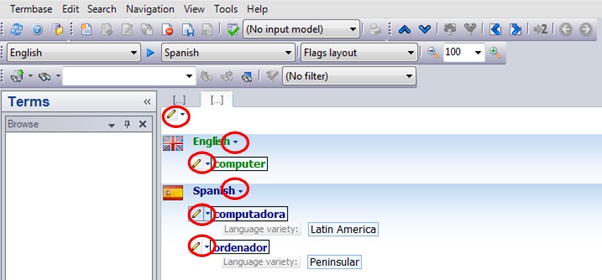
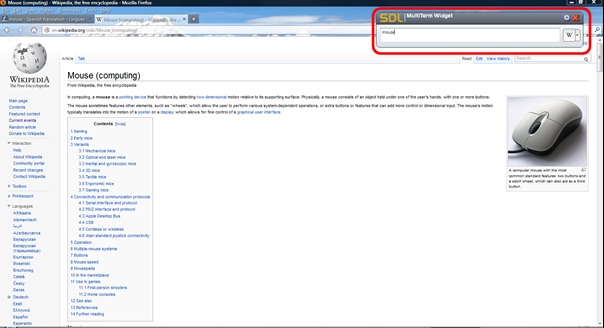
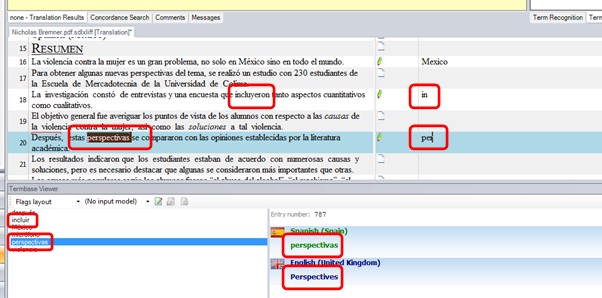
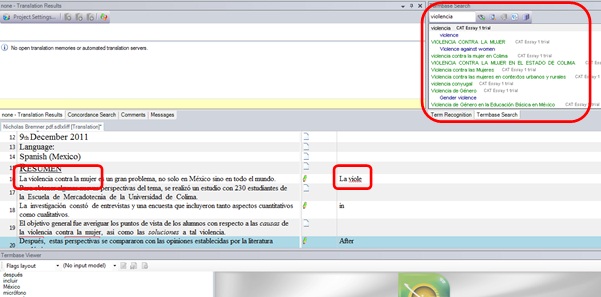
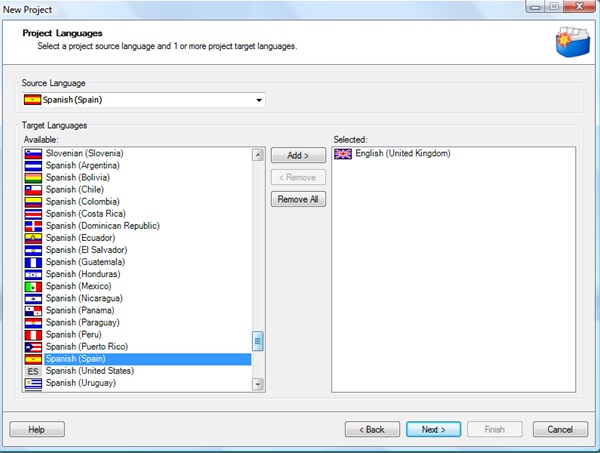

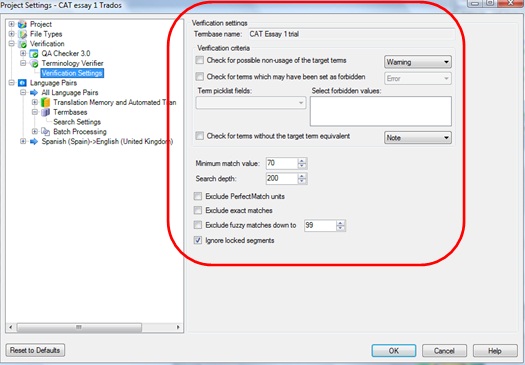
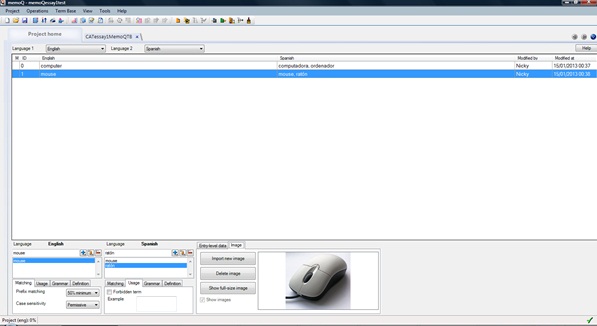
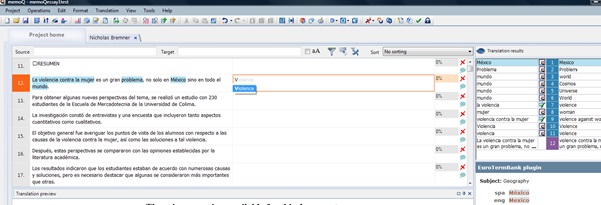
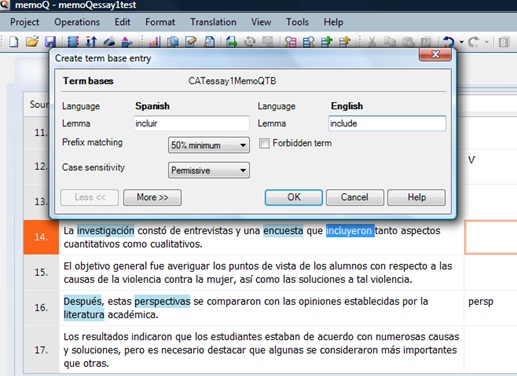
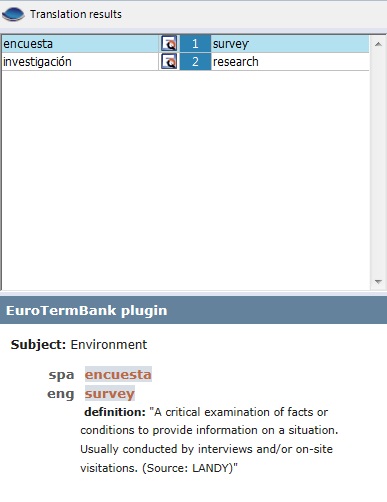
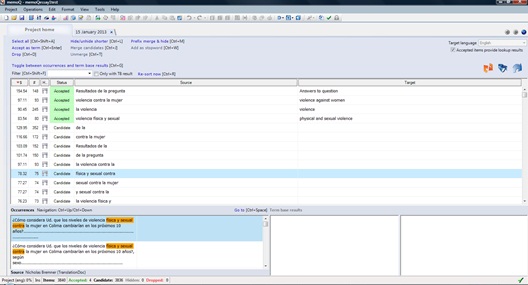
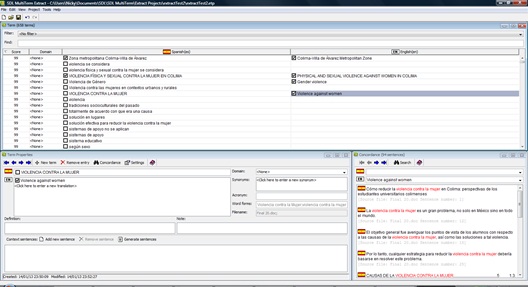
 RSS Feed
RSS Feed
